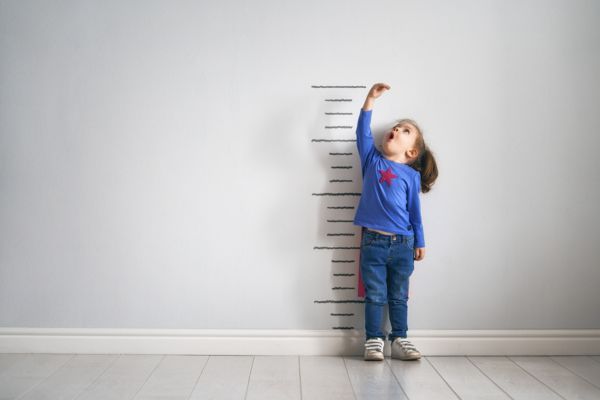
Setting goals for children is a key component of providing high-quality care and education. We’ve outlined our guide for child care professionals to effectively set goals, develop action plans, observe and assess behaviors, and involve parents in their child’s development.
We highly recommend making this a collaborative process between child care providers and parents wherever possible – this promotes positive outcomes for children by ensuring consistency, individualized support, effective communication, shared responsibility, and builds trust-based relationships.
1. Identify Growth Areas
After discussing the child’s needs with the parents, independently observe the child to assess their skills, interests and stage of development, identify areas for growth.
Here are some common areas of focus:
• milestones (e.g. language development)
• ages and stages (e.g. potty training, transitioning to school)
• emotional intelligence (e.g. social skills, adaptability)
• executive function (e.g. time management, organization)
• communication skills (e.g. conflict resolution, listening)
• mindfulness (e.g. developing a practice, journaling)
• cognitive development (e.g. math and literacy concepts such as numbers and letters)
• relationships with others (e.g. showing appreciation, inclusion)
Collaboratively align on measurable goals, ensuring they are developmentally appropriate for the child’s age and individual strengths and challenges.
2. Develop a Plan
Develop a comprehensive plan with strategies and activities to support the child. To efficiently identify the activities that enable you to focus on an area of development, use the Rayz Kidz app and filter by domain of development and skill find play-based activities that target the skill in need of development. For example, if ‘beginning letter sounds’ is an identified area for skill building, apply the filter and you’ll find activities such as “Ice Cream Parlor Puffy Paint” which includes a prompt to sound out the names of ice cream flavors as you create a menu for the shoppe. Instead of the time spent planning activities, instead use the time to plan your interactions with the child and how you as the adult can help scaffold their learning.
3. Observe and Assess Behaviors
During group work, centers or throughout the day, observe and notate the child’s development. Easily document these in-the-moment observations efficiently in apps such as Rayz Kidz. These notes can later be used for high quality formal assessments as needed, supported by data of authentic, real-time observations.
4. Share with Parents
Communicate regularly with parents about their child’s progress. Celebrate their achievements and continually assess areas of focus. Regularly share photos to build their learning story through communication apps like Rayz Kidz. Set formal scheduled parent meetings to discuss progress, actively listen to their insights, observations and goals from home and encourage ways they can contribute to their child’s success at home, such as engaging in certain types of playful activities together at home, including the wide selection available to them on Rayz Kidz.
The goal-setting, action planning, observation, assessment, and parent involvement are essential components of providing high-quality care and education for young children. By following these guidelines, child care professionals can create a supportive and nurturing environment where every child can thrive and reach their full potential, while simultaneously building trust and satisfaction with parents.